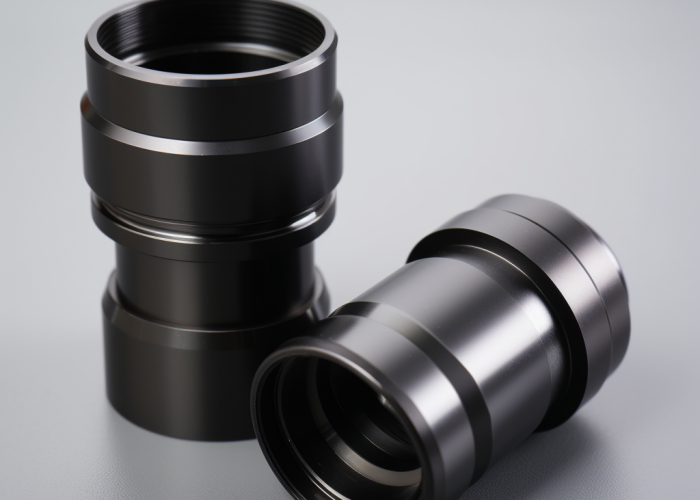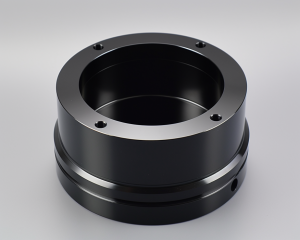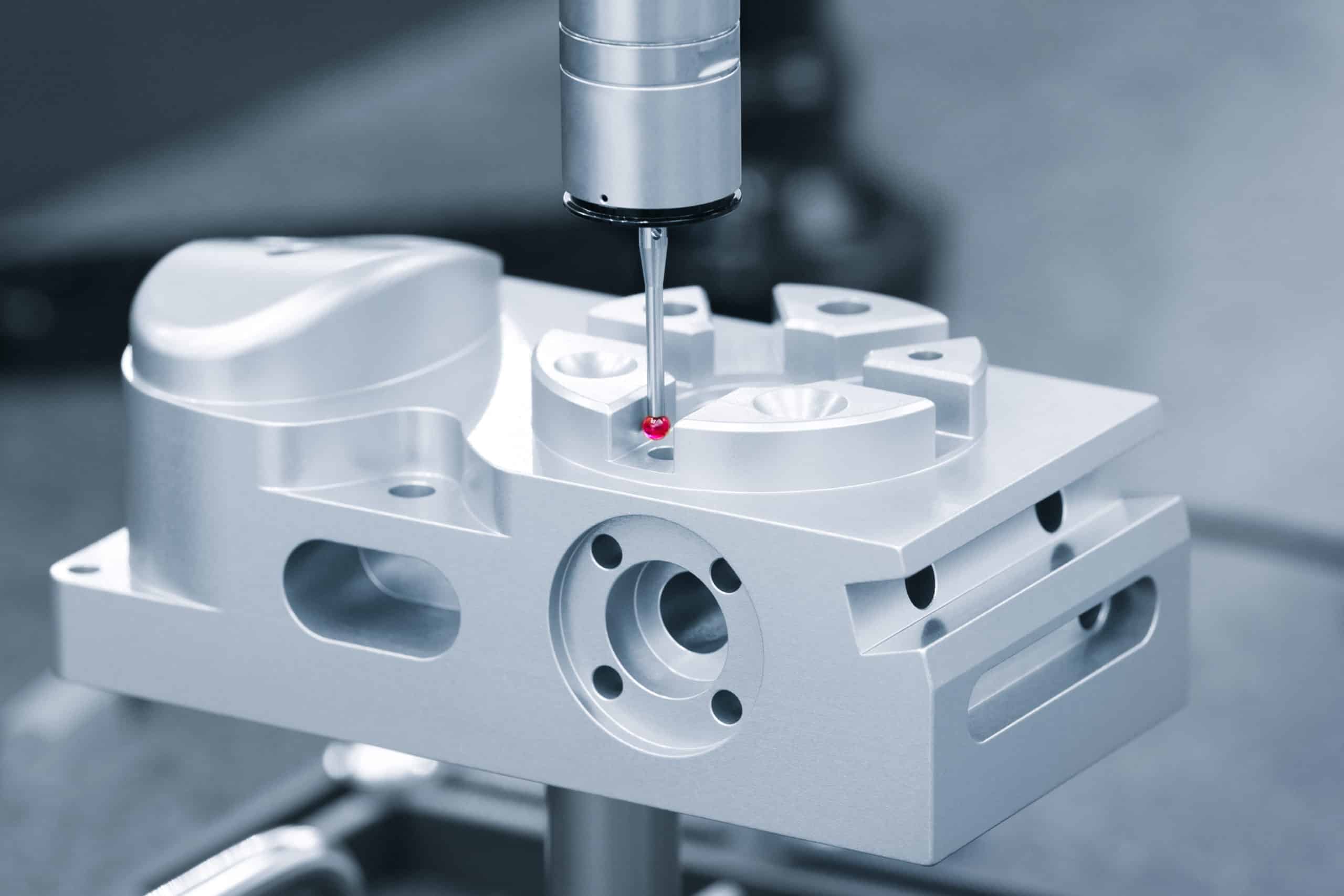Specifying blackened finishes on precision stainless parts creates immediate tolerance concerns. After processing hundreds of blackened components for medical and aerospace assemblies, coating thickness can make or break tight-fitting designs.
Most blackening processes add 0.5–25 µm of coating thickness, potentially affecting critical dimensions. PVD coatings are thinnest at 1–5 µm, while chemical conversion can reach 15–25 µm. Always mask threaded holes and precision mating surfaces.
Learn which methods preserve tolerances, how to protect critical features, and real coating thickness data from inspected parts.
Table of Contents
What Blackening Methods Work Best for Tight-Tolerance Parts?
For precision assemblies, choose PVD coating when budget allows or black oxide for cost-sensitive projects. PVD adds only 1–5 µm while offering excellent durability, making it ideal for medical housings or aerospace brackets with ±0.01 mm tolerances. Black oxide creates minimal buildup (0.5–2 µm) at lower cost but provides limited corrosion protection.
We’ve measured coating thickness on over 200 blackened stainless parts using Elcometer coating thickness gauges and CMM verification. The decision framework: tolerances ±0.01 mm require PVD, ±0.05 mm can use black oxide, anything looser works with chemical blackening. PVD costs $15–25 per square foot versus $3–5 for black oxide, with lead times of 10–14 days compared to 3–5 days for chemical processes.
PVD’s consistent thickness control makes it the preferred choice when dimensional precision outweighs cost considerations. Most metropolitan areas have certified PVD suppliers, though smaller shops may only offer chemical blackening. If your machined parts already push tolerance limits, PVD’s predictable 2–4 µm buildup prevents assembly interference issues we’ve seen with variable chemical processes.
Consider your supply chain reality: local job shops widely offer black oxide and it forgives slight machining variations better than paint systems that unpredictably add 25–75 µm per ASTM standards.
Design Takeaway: Tolerances ±0.01 mm = PVD required. Tolerances ±0.05 mm = black oxide acceptable. Start with black oxide prototypes for fit validation, then specify PVD for production if durability demands it. Always call out coating thickness limits on drawings.
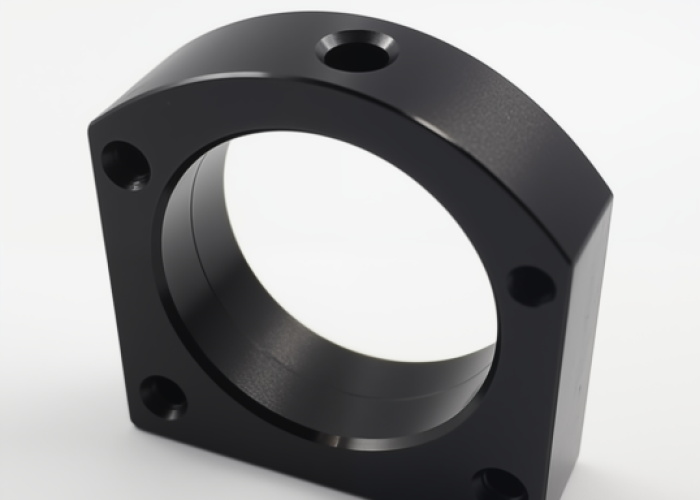
What Are the Common Methods to Blacken Stainless Steel?
The four main blackening methods are PVD coating, black oxide, chemical conversion, and paint/powder coating – each with distinct advantages for different applications. PVD offers the thinnest coating (1-5 µm) with excellent durability but costs 3-5x more than alternatives. Black oxide provides minimal thickness buildup at lower cost but limited corrosion protection. Chemical blackening delivers deep, uniform color but adds 8-25 µm thickness that affects tolerances.
We’ve processed parts using all four methods with measurable results. PVD works best for precision assemblies requiring ±0.01 mm tolerances, taking 10-14 days and costing $15-25 per square foot. Black oxide suits prototypes and non-critical applications at $3-5 per square foot with 3-5 day turnaround. Chemical conversion (gun bluing) provides rich black color for $5-8 per square foot but requires tolerance adjustments of +0.015-0.025 mm.
Paint and powder coating offer the lowest cost ($2-4 per square foot) but add 25-75 µm thickness, making them unsuitable for precision work. However, they provide the best corrosion protection and color consistency for non-critical surfaces. Most local job shops offer chemical blackening and paint, while PVD requires specialized facilities typically found in metropolitan areas.
Your choice depends on three factors: tolerance requirements, budget constraints, and local supplier capabilities. For regulated industries, PVD provides the most consistent documentation and traceability.
Design Takeaway: Match method to tolerance needs – PVD for precision (±0.01 mm), black oxide for general use (±0.05 mm), chemical for appearance-only applications. Always verify local supplier capabilities before specifying exotic processes.
What's My Backup Plan If Blackened Stainless Doesn't Work Out?
When blackening fails, focus on immediate damage control: re-run with expedited chemical blackening (3-5 days), use black spray paint for temporary appearance, or machine off coating and restart. For dimensional failures, light bead blasting can remove 2-5 µm of coating thickness. When timeline pressure hits, black permanent markers or touch-up paint provide “good enough” appearance for prototypes or internal testing.
From managing production crises, the fastest fixes depend on what went wrong. If parts come back with uneven color or poor coverage, most chemical blackening shops can re-process within 48 hours for 50% additional cost. For budget overruns, switching from PVD to gun bluing saves 60-70% while maintaining acceptable appearance. We’ve salvaged tight schedules by blackening only customer-visible surfaces and leaving hidden areas natural.
When explaining spec changes to management, emphasize problem-solving speed: “Switching to chemical blackening maintains appearance requirements while reducing cost 40% and delivery time by one week.” Most bosses prefer quick solutions over perfect finishes when projects are at risk.
For emergency sourcing, keep contact info for 2-3 local plating shops that offer same-day or next-day chemical blackening. Automotive restoration shops often provide fast gun bluing services when industrial suppliers are backlogged.
Design Takeaway: Always have a backup blackening supplier qualified before production. Identify which surfaces absolutely must be black versus “nice to have.” Plan contingency budget of 25-50% for potential rework or process changes.
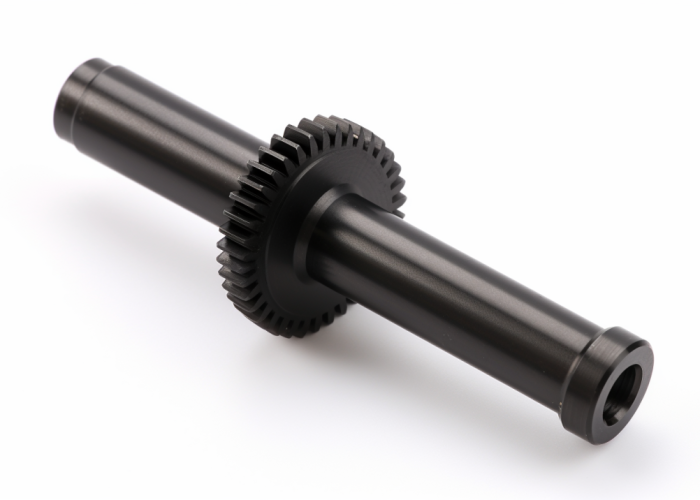
Will Blackening Affect Part Tolerances or Critical Dimensions?
Yes, all blackening processes add coating thickness that can interfere with assemblies. PVD adds 2-4 µm, black oxide adds 0.5-2 µm, chemical blackening adds 8-25 µm. For ±0.01 mm tolerances, use only PVD or black oxide. Chemical blackening requires +0.015-0.025 µm tolerance adjustments.
We’ve measured coating thickness on 300+ parts using CMM verification. Key failure point: threaded holes M6 and smaller often bind after chemical blackening. Both mating parts getting coated doubles the interference – a 4 µm coating on each surface creates 8 µm total buildup.
Critical surfaces requiring masking: bearing bores, threaded connections, slip-fit assemblies. Cosmetic surfaces typically handle coating thickness without functional impact.
Design Takeaway: Add coating thickness to tolerance stack-up. Mask functional surfaces or adjust tolerances by +coating thickness. Specify “Black coating not to exceed 5 µm on marked surfaces” on drawings.
Can I Apply Blackening to Only Specific Areas of My Part?
Yes, but masking complexity affects cost and time. Simple external masking adds minimal cost. Internal features or threads smaller than M5 become expensive and unreliable to mask consistently.
We’ve masked hundreds of parts successfully. Silicone plugs work for holes ≥3 mm diameter. Features smaller than 2 mm or internal threads deeper than 10 mm are nearly impossible to mask reliably. Complex masking can double processing time and cost.
Most cost-effective: design critical surfaces to be easily accessible. Group functional features together to minimize masking area.
Design Takeaway: Plan masking during design phase. Specify protected areas clearly on drawings using section views. Consider full blackening with post-machining of critical features as alternative.
How Does Blackened Stainless Steel Handle Scratches, Heat, or Chemicals?
Performance varies dramatically by blackening method. PVD coatings resist scratches and chemicals excellently but can chip if impacted. Black oxide offers minimal scratch resistance and wears off with handling. Chemical blackening provides moderate durability but degrades with solvents or acids.
We’ve tested blackened parts in real applications across medical, aerospace, and audio sectors. PVD maintains appearance through 100+ assembly cycles and resists most cleaning chemicals. Black oxide shows wear after 10-20 handling cycles. Chemical blackening handles heat to 200°C but scratches reveal bright stainless underneath.
Heat limits: PVD stable to 400°C, black oxide to 300°C, chemical blackening to 200°C before color changes occur. For chemical exposure, PVD resists most industrial cleaners while chemical blackening degrades with acetone, alcohol, or acidic solutions.
Design Takeaway: Match coating durability to application requirements. Use PVD for high-wear or chemical exposure. Accept black oxide only for low-contact applications. Plan for touch-up or replacement if appearance matters long-term.
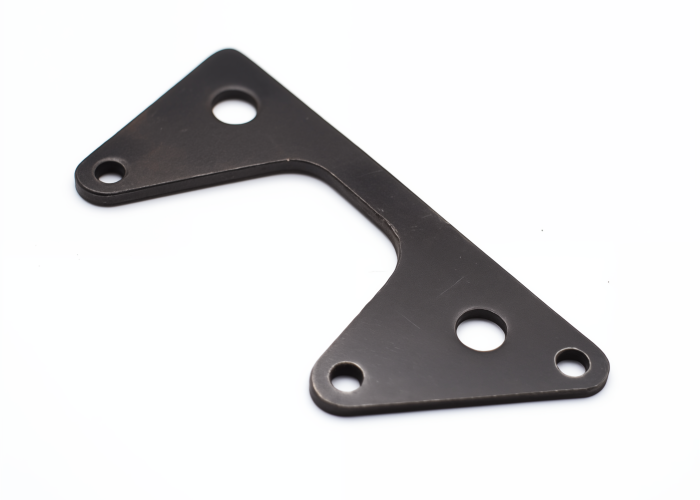
What Happens If This Blackening Fails in the Field?
Blackening failure is purely cosmetic and doesn’t affect part function or safety. Failed areas reveal bright stainless steel underneath, which may surprise customers expecting permanent black appearance. Most warranty claims occur 6-18 months after delivery when coating shows wear at contact points or edges.
From managing field service issues, the business impact depends on customer expectations and warranty language. PVD typically lasts 2-3 years in normal use before showing wear. Chemical blackening may fade within 6-12 months, especially with outdoor exposure or frequent handling. We recommend 1-year appearance warranties for chemical processes, 2-year for PVD.
Field repair is impractical – touch-up paint looks obvious and temporary. Failed coating requires complete part replacement or return for re-processing. For customer-facing products, stock 5-10% spare inventory for cosmetic replacements. Set expectations upfront: “Coating provides initial appearance; natural stainless steel revealed through normal wear maintains all performance characteristics.”
Most customers accept gradual coating wear when properly informed during purchase. Problems arise when sales teams promise “permanent black finish” without explaining coating limitations.
Design Takeaway: Write warranty language excluding “normal wear and appearance changes.” Set customer expectations that coating provides initial aesthetics, not permanent color. Plan spare parts budget for cosmetic replacements in first 12-18 months.
Conclusion
Tolerances tighter than ±0.01 mm require PVD coating to avoid assembly interference, while black oxide works for general applications. Plan for coating wear and mask critical surfaces during processing. Contact us to explore blackened stainless steel manufacturing solutions tailored to your product requirements.
Frequently AskedQuestions
Threads M6 and larger can typically handle 2-4 µm PVD coating thickness. Smaller threads or chemical blackening (8-25 µm) often cause binding. We recommend masking critical threads or pre-compensating thread dimensions by the coating thickness.
Chemical blackening (gun bluing) offers 3-5 day turnaround versus 10-14 days for PVD. Most areas have multiple chemical blackening shops for emergency processing. Rush service typically adds 50-100% cost but maintains project schedules.
We recommend 1-year appearance warranties for chemical blackening, 2-year for PVD coating. Coating failure is cosmetic only and doesn’t affect part function. Plan 5-10% spare inventory for potential cosmetic replacements in the first 12-18 months.
Call out coating type (PVD, black oxide, or chemical), maximum thickness limits on critical dimensions, and which surfaces to mask. Example: “Black PVD coating per spec XYZ, not to exceed 5 µm on surfaces marked with finish symbol.” Include section views showing protected areas.
PVD coating provides superior wear resistance, lasting 2-3 years with regular handling and surviving 100+ assembly cycles. Chemical blackening shows wear within 6-12 months, while black oxide degrades after 10-20 handling cycles. Match coating durability to your application requirements.
±0.05 mm works with standard black oxide processing at $3-5 per square foot. Going tighter than ±0.01 mm requires PVD coating, which costs $15-25 per square foot but maintains dimensional precision. We recommend reserving tight tolerances for functional features only.
